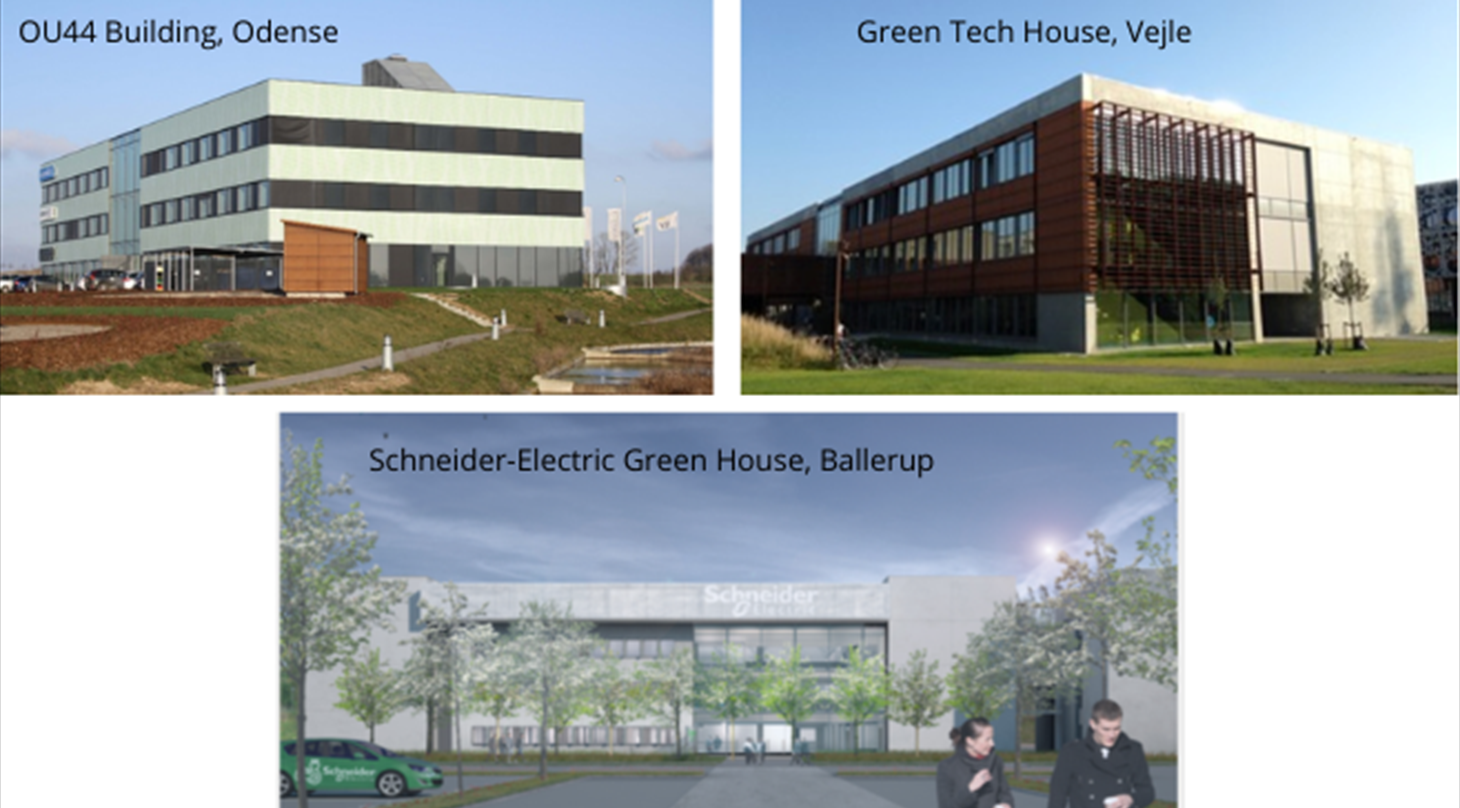.png)
Project - COORDICY
COORDICY: ICT-driven Coordination for Reaching 2020 Energy Efficiency Goals in Public and Commercial Buildings
Project start January 2015. Ended December 2018
Summary
COORDICY is a strategic DK-US interdisciplinary research project for advancing ICT-driven research and innovation in energy efficiency of public and commercial buildings. The project thereby contribute to the Danish goals of achieving a 75% reduction in energy consumption in new buildings by 2020 and a 50% reduction in existing buildings by 2050, and the United States’ goal of doubling its energy productivity by 2030.
COORDICY will facilitate ICT-driven research and innovation in advancing the energy-performance of newly built energy-efficient and existing conventional public and commercial buildings. COORDICY will do so byproviding the theoretical and technological means for benchmarking, diagnosing, and controlling building operation, considering relevant factors such as occupant behavior, weather conditions, construction typologies, thermal properties, building systems and controls, and their complex interactions.
Diagnostics of energy-performance gaps revealed during benchmarking will support decision-making for cost-efficient tradeoffs between energy-retrofits and advancing the intelligence of building control systems. The developed approach will enable public and commercial buildings to play a central role in a future sustainable energy system.
The COORDICY project links universities, technological service institutes, public bodies, municipalities and industrial partners in a joint international effort on research and innovation of ICTcentered building operation technology of commercial interest to a fast growing global market.
Objectives
To provide scientifically based, practically implementable and economically viable ICT-centered solutions to close the energy-performance gap in newly built energy-efficient public and commercial buildings and improve the energy-performance of existing buildings, thereby improving the energy efficiency and reducing the greenhouse gas (GHG) emissions of the built environment.
Specific objectives are to develop an ICT-based methodology and tool suited for:
- Online benchmarking of buildings’ energy-performance under real operation conditions with their original design intent and diagnostics for identifying the potential causes for discrepancies in their energy-performance
- Advancing the intelligence of building control systems to ensure that the energy-performance of newly built buildings meet the intent of their original designs
- Assessing tradeoffs between different energy-retrofit technologies and advanced building intelligence to improve the energyperformance of existing buildings in the most cost-efficient manner
Participants
- Danish Technological Institute
- University of Southern Denmark (SDU), Centre for Smart Energy Solutions
- University of California at Berkeley (UC Berkeley), CITRIS/i4Energy Center
- Lawrence Berkeley National Laboratory (LBL), Simulation Research Group
- NASA Ames Sustainability Base (NASA Ames)
- Insero Software
- Municipality of Aarhus
- Municipality of Odense
- Green Tech Center (GTC)
- Odense University Hospital (OUH)
- Danish Cleantech Hub (DCH)
- Danish Building & Property Agency (DBPA)
- Rambøll
- Siemens
- Saseco
- Develco Products
One outcome of COORDICY was an eu.bac audit in four buildings in order to test the eu.bac methodology for documentation of the intelligence in buildings. The report from this investigation can be read here:
For further information on COORDICY please see:
COORDICY: ICT-driven Coordination for Reaching 2020 Energy Efficiency Goals in Public and Commercial Buildings